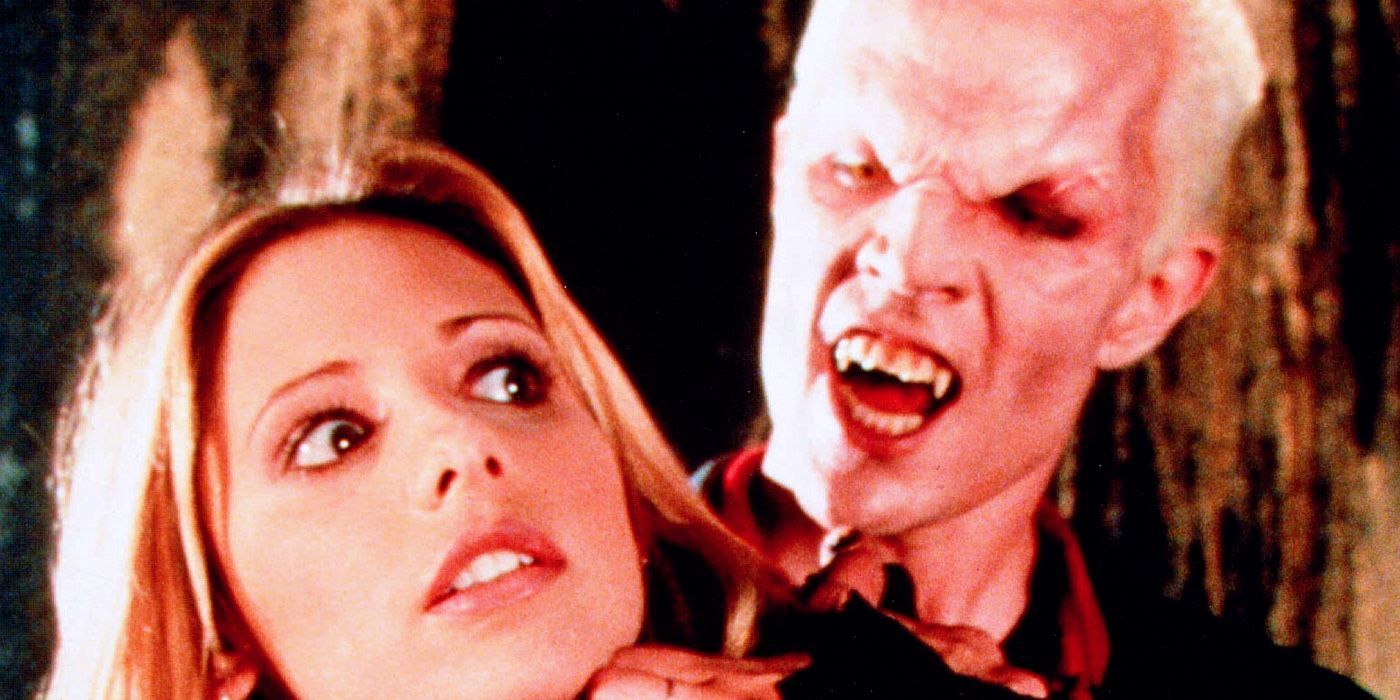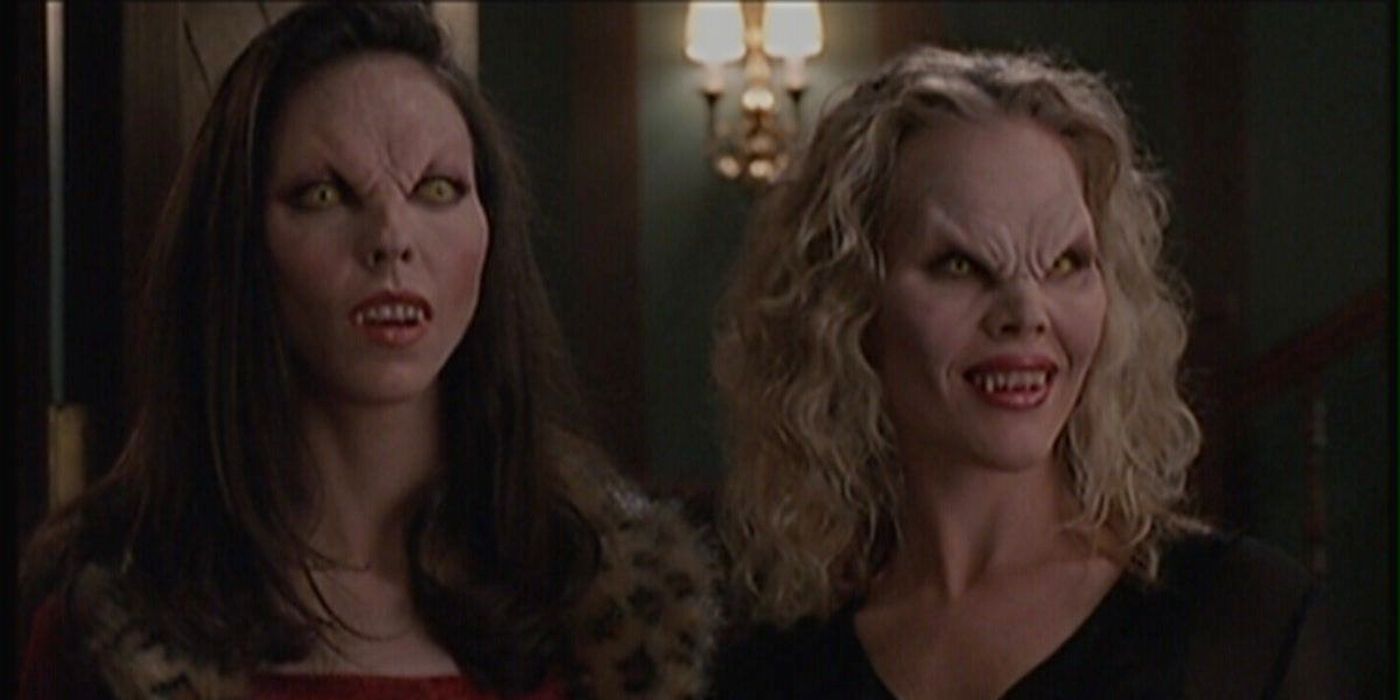There’s a reason for why the majority of vampires that get staked in Buffy the Vampire Slayer are men instead of females.
The vampire mythos has evolved and become more modern with each passing decade, but Joss Whedon’s Buffy the Vampire Slayer helped bring the deadly creatures into the mainstream for TV’s teenage demographic. Buffy indulges in stereotypes of teenage storytelling, but it uses them cleverly and subverts the expectations of the horror genre to say something powerful and different about gender.
Whedon takes vampires to some creative places and isn’t afraid to make them his own through ideas like how they get dusted when they die. Buffy the Vampire Slayer is very much about taking the typical damsel in distress from a horror movie and turning her into a powerful heroine. The whole Slayer concept finds a way to turn Buffy Summers into both a reluctant hero as well as make her supernaturally strong. Buffy’s Slayer strength and instincts allows her to take on vampires in a way that’d be impossible for an average girl, but it’s also very intentional on the series’ part that most of the vampires that Buffy stakes are men and not women, though some female vampires have been featured on the show.
Joss Whedon has always viewed Buffy as a way to reinterpret and subvert the cliché gender roles of the horror genre. Power dynamics are always present with vampires and the reason that Slayers are specifically female is to further advance this commentary on female empowerment. Even Angel’s transformation into the evil Angelus is used as a parallel for how men can change and become monsters after they have sex by adapting this concept literally. The balance that Whedon creates in the series acts as positive wish fulfillment where women can be the superheroes. That message becomes diluted if Buffy beats up female vampires as often as she does the male ones. It’s a balance that’s fundamental to the show’s core.
Buffy wades into murky territory with this subject matter that bolsters female empowerment and a heightened version of the monster that lies inside men, but it's not a universal premise that applies to every case. Buffy's position here is ultimately one that works. The series doesn't erase female vampires and in fact, the very first vampire seen in the series is a female who turns a male into her victim. Additionally, the three major female vampires from the series, Darla, Drusilla, and Harmony, are all some of the most powerful and resilient vampires in either Buffy or its spin-off, Angel. These female vampires are more frequently used as foils against Angel than they are with Buffy, which reduces the amount of female-on-female violence and any risk of muddling Joss' original mission statement.
Vampires remain predominantly male in Buffy the Vampire Slayer, but the canonical comics that follow the series blur these lines a little more with not only a Slayer who’s also a vampire, but a wider range of female villains, even if they’re not specifically vampires or the undead.


